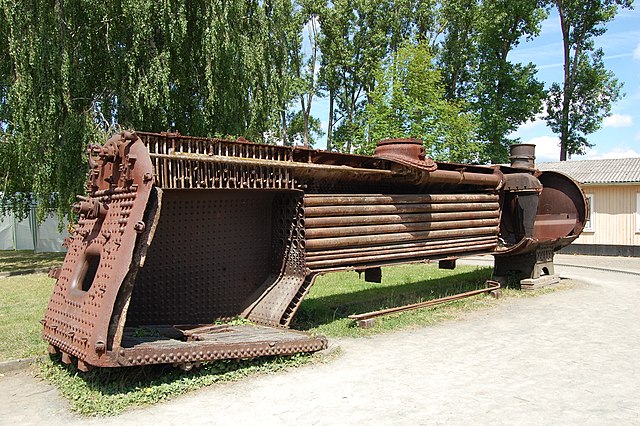We just learned about the Battle on the Ice.
Another part of early Christianity is the Franciscans.
Long ago a man named Francis of Assisi decided to go live by himself like a hermit.
A bunch of other people who also wanted to live away from other people to worship God together and called themselves Franciscans, because of Francis.
These groups of people became the monks that we know about today.

(from: wikipedia - franciscans)
Kid Facts - Blast from the past: First Council of Nicea









